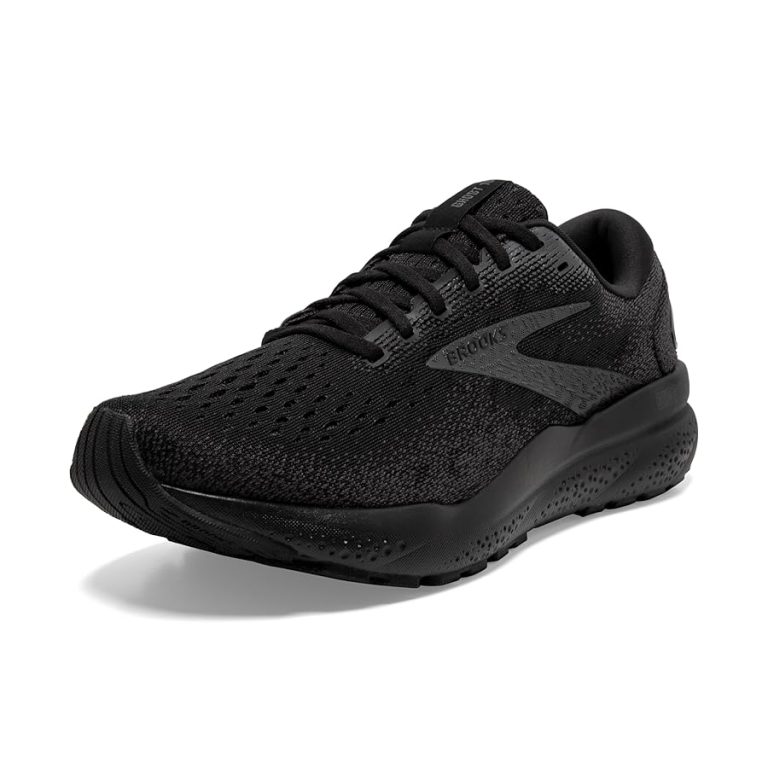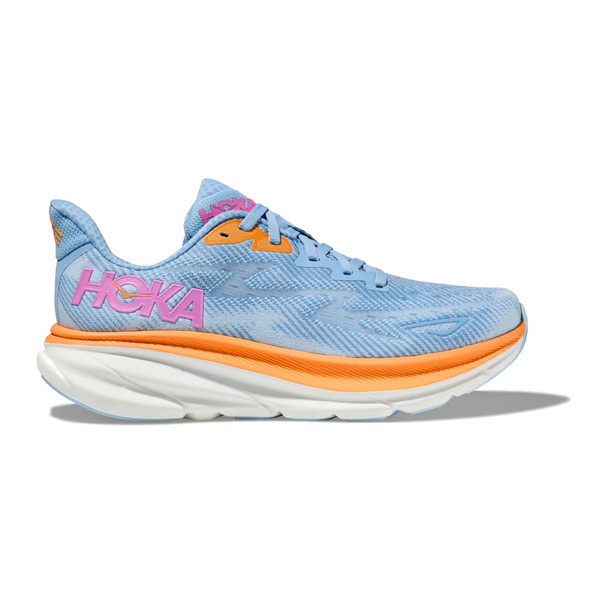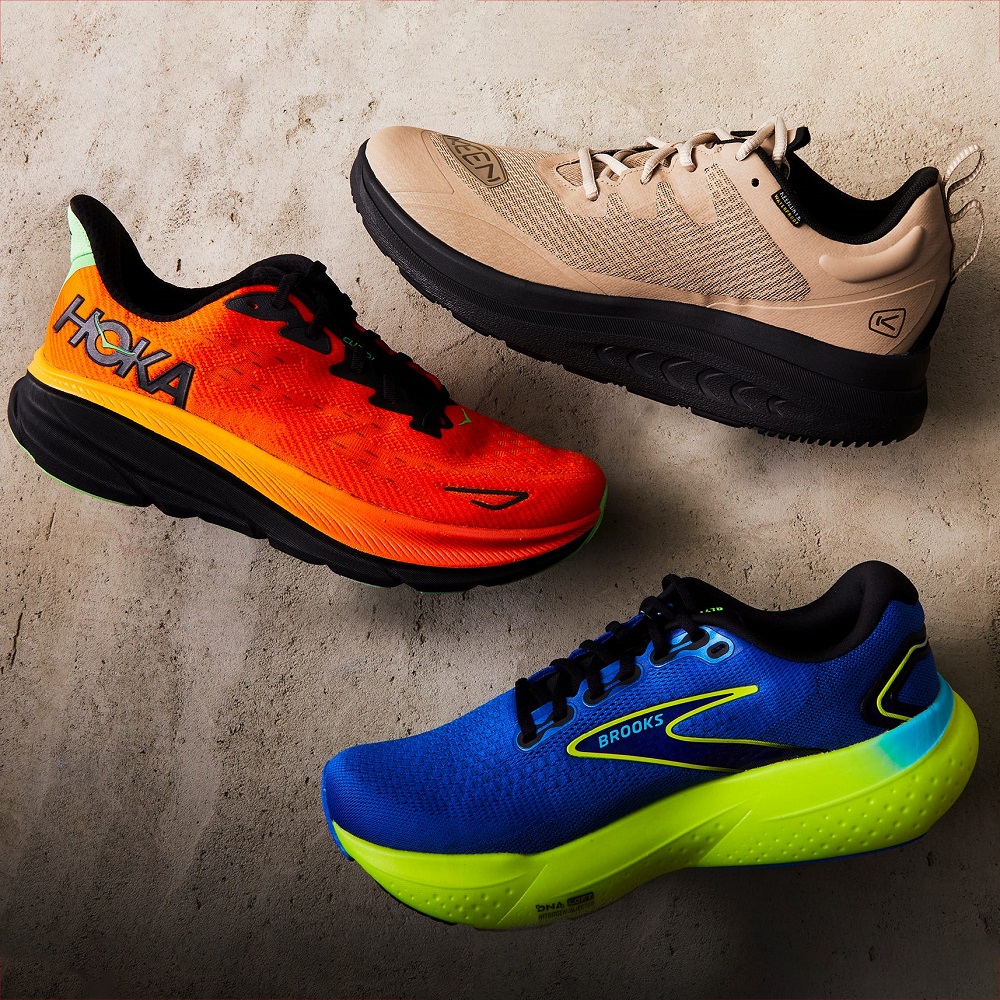
Running Walking Shoes: Understanding the Best Fit for Your Feet
Importance of Choosing the Right Footwear
Wearing the right shoes is vital for both running and walking. Proper footwear improves your performance and prevents discomfort. Running and walking involve distinct movements, making shoe choice a crucial consideration. Let’s explore how the right running walking shoes affect performance and comfort, as well as their role in injury prevention.
Impact on Performance and Comfort
Shoes directly impact your activity efficiency and comfort. Running shoes are designed to absorb shock and support swift movements. Walking shoes prioritize stability for continuous contact with the ground. Mismatched shoes can reduce energy levels and cause foot fatigue. The right fit ensures you can walk or run longer without pain. Prioritize comfort and performance when selecting footwear.
Avoiding Injuries with Proper Shoes
Incorrect footwear increases the risk of injuries like blisters and joint pain. Running shoes offer cushioning for high-impact activities, protecting knees and ankles. Walking shoes prevent strain by providing firm support for steady motion. Shoes that don’t suit your activity may lead to misalignment or muscle stress. Choosing the right type reduces injury risks and promotes safe mobility.
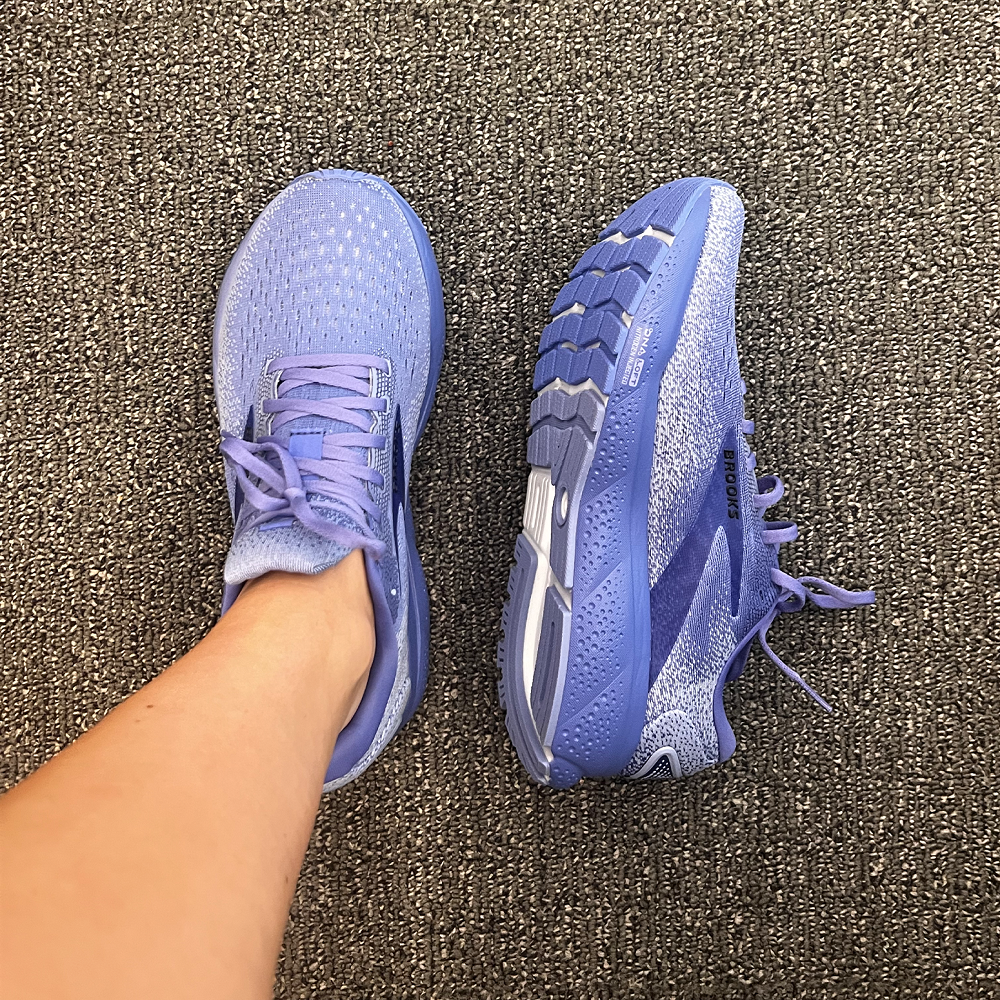
Key Differences Between Running and Walking Shoes
Choosing the right shoes for your activity is essential for comfort and performance. Running and walking involve different motions, requiring specific designs. Let’s examine the main differences between running and walking shoes.
Cushioning and Arch Support
Running shoes prioritize cushioning for absorbing high-impact forces during strides. They feature thicker midsoles to reduce stress on joints and protect feet from repeated pounding. These shoes also provide arch support for dynamic movements.
Walking shoes focus more on firm cushioning for steady, continuous ground contact. Their cushioning tends to be less soft but still offers optimal comfort for slower, consistent walking motions. Arch support is tailored to ensure stability for prolonged activity.
Flexibility and Sole Design
Running shoes are built for greater flexibility, helping runners move swiftly and efficiently. They often include segmented soles to accommodate the foot’s natural bend during quick movements. This flexibility reduces the risk of foot strain while running.
Walking shoes are designed with stiffer soles to encourage smooth heel-to-toe motion. This promotes a stable stride and steady foot positioning. Their rigidity prevents excess twisting, supporting controlled, repetitive movements.
Weight and Material Considerations
Running shoes are typically lighter to boost speed and minimize fatigue during runs. Lightweight materials like mesh enable easy movement and improved breathability. Their design enhances agility without sacrificing support.
Walking shoes prioritize slightly heavier and durable materials. The added weight provides greater stability for prolonged contact with the ground. Their construction ensures long-lasting comfort during extended wear.
Understanding these differences helps you choose the best shoes for your activity. Whether running or walking, the right footwear improves your overall experience and reduces injury risks.
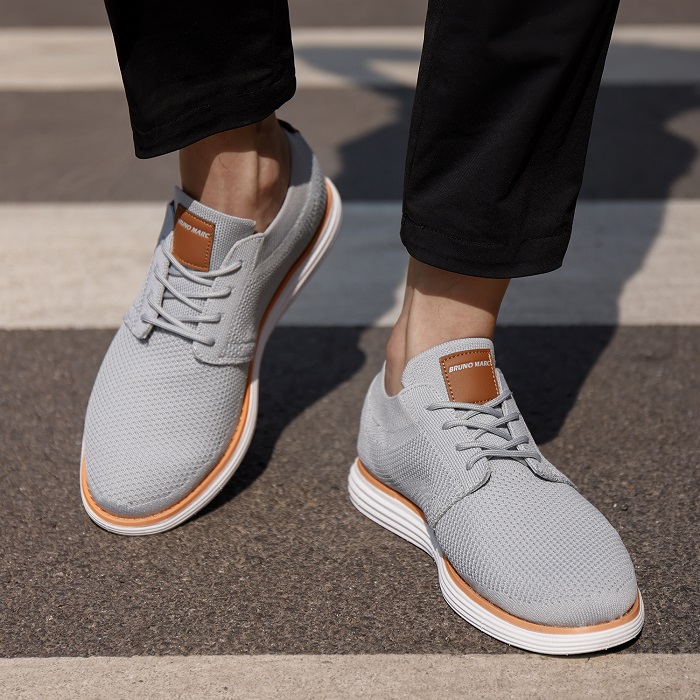
Specific Features of Running Shoes
Running shoes are purpose-built for dynamic movements and high-impact activities. They ensure safety, comfort, and performance during your workouts. Below are key features of running shoes to consider.
Enhanced Shock Absorption
Running shoes are designed to absorb repeated impact. Cushioned midsoles reduce stress on joints and protect your feet. This feature helps prevent injuries from continuous pounding on hard surfaces. Enhanced shock absorption ensures a smoother and more comfortable run.
Heel-to-Toe Drop
Running shoes feature a heel-to-toe drop, often between 8mm and 12mm. This design supports forward motion during running strides. It also aligns your foot for effective energy transfer. A higher drop helps absorb heel strikes and promotes efficient running mechanics.
Breathability and Durability
Breathable materials like mesh are common in running shoes. They keep your feet cool and prevent moisture buildup. Durable outsoles withstand wear from repetitive use on various surfaces. This balance of breathability and durability ensures long-lasting comfort and performance.
Understanding these specific features helps you choose the best running shoes. Prioritize comfort and proper support for your running needs.
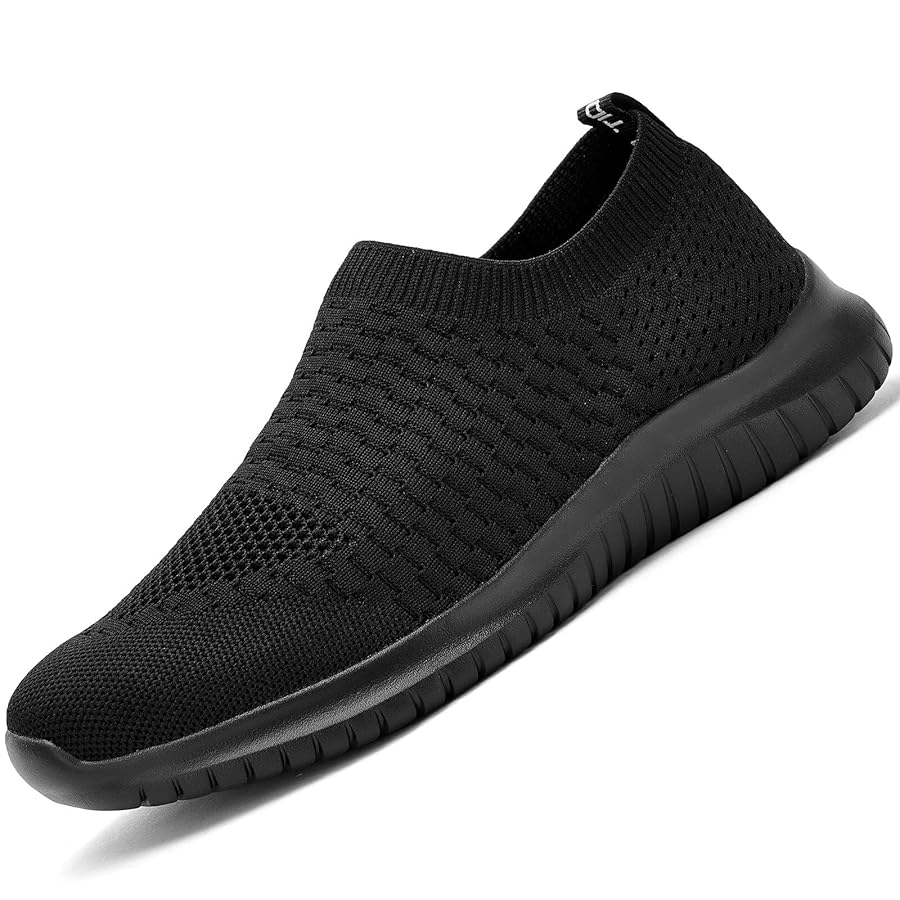
Specific Features of Walking Shoes
Walking shoes are tailored for steady and repetitive movements. They offer features aimed at providing stability, comfort, and support for prolonged ambulation. Below are their specific characteristics that set them apart from running shoes.
Stability and Motion Control
Walking shoes are designed to provide firm support and steady motion. They include reinforced midsoles that reduce overpronation and promote balanced steps. Their stiffer soles ensure heel-to-toe transitions are smooth and controlled. Stability reduces strain on the foot and ankle during long walks, preventing misalignment and muscle fatigue.
Lightweight Construction
Walking shoes are often lightweight to prevent excessive foot fatigue during extended wear. Materials like synthetic leather and breathable mesh help reduce their overall weight. The lighter design increases comfort without compromising durability or foot support. Proper construction enhances efficiency in each step and encourages ease of movement.
Designed for Continuous Impact
Walking shoes handle consistent ground contact effectively. They feature firm cushioning that supports slower motions and absorbs moderate impact. Their durable outsoles are designed to withstand repeated footfalls, ensuring longevity. By focusing on continuous impact, these shoes help walkers feel comfortable during extended activity.
Understanding these specific features can help you choose the right walking shoes. Prioritize stability, lightweight design, and cushioning to maximize walking comfort and support.
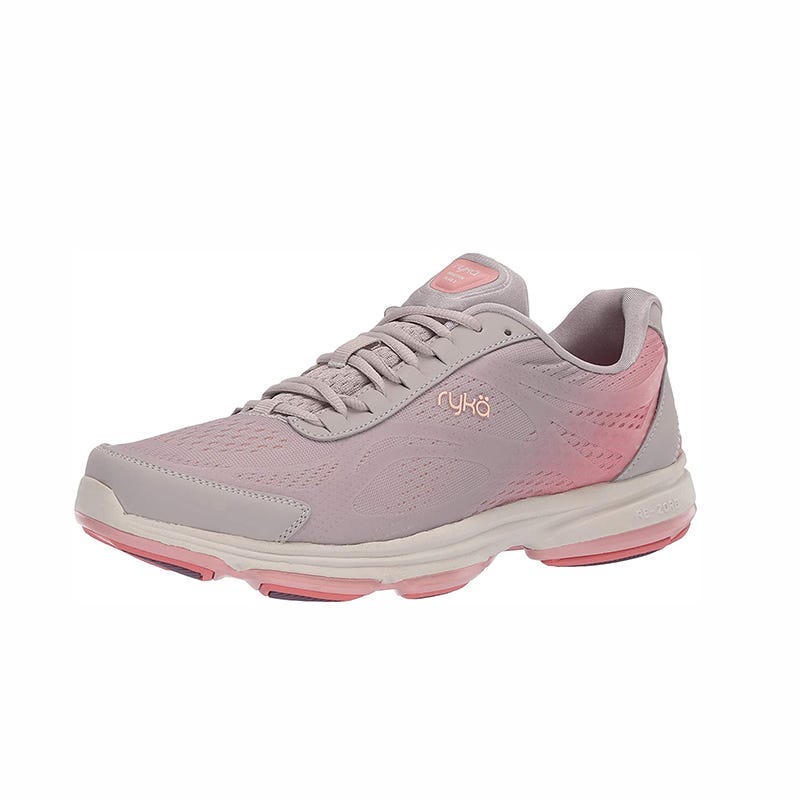
How to Choose the Best Shoes for Your Activity
Choosing the right shoes for running or walking affects comfort, performance, and injury prevention. Here’s how to make the best choice.
Assessing Your Foot Type
Understanding your foot type is crucial. Check if you have flat feet, high arches, or neutral arches. Flat feet require stability shoes to prevent overpronation. High arches need cushioned shoes for shock absorption. Neutral arches benefit from versatile shoe options. Get your foot type analyzed at a store or through a wet footprint test.
Determining Your Activity Level
Your activity level impacts shoe choice. For frequent running, invest in high-quality running shoes. For casual or shorter walks, walking shoes with basic support may suffice. High activity demands shoes with durable soles and enhanced cushioning. Match your shoes to the specific demands of your exercise routine.
Trying Shoes for Fit and Comfort
Always try shoes before buying. Walk or jog in them to test comfort and support. Ensure there’s about a thumb’s width of space at the end of the shoe. Check for proper arch support and heel fit. Avoid shoes that feel tight, pinch, or cause discomfort. Your shoes should feel snug yet comfortable.
By assessing your foot type, activity level, and ensuring a good fit, you can choose the perfect shoes. Prioritize comfort and support to perform your best and prevent injuries.
Common Mistakes When Buying Shoes
Ignoring Proper Fit
Wearing poorly fitting shoes can cause discomfort and even injury. Avoid shoes that feel too tight or loose. Ensure there’s enough room for your toes to move naturally. Check that the heel doesn’t slip when walking or running. Proper fit prevents blisters, foot pain, and long-term issues.
Overlooking Shoe Purpose
Using the wrong shoes for your activity can lead to poor performance and injuries. Running shoes are designed for impact absorption and forward motion. Walking shoes offer stability for continuous ground contact. Always choose shoes specifically tailored to your primary activity to maximize comfort and safety.
Skipping Regular Replacement
Old shoes lose cushioning and support over time. Worn shoes can cause discomfort and increase injury risk. Replace running shoes every 300-500 miles, depending on usage. Walking shoes may last longer but should still be checked for wear. Regular replacement ensures your shoes offer proper protection and performance.
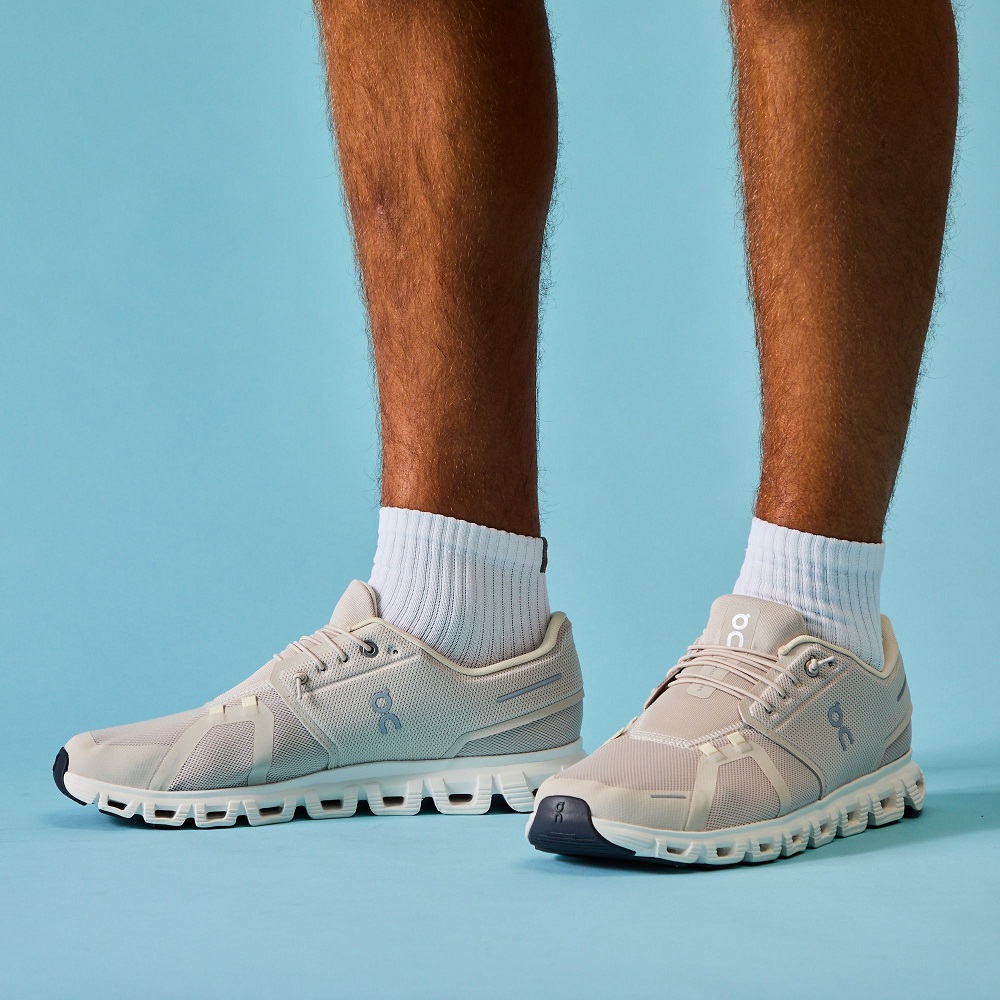
Top Brands Offering Running and Walking Shoes
Finding the right brand for running walking shoes impacts comfort and performance. Many brands focus on designing footwear with specific features to meet varying needs. Let’s explore some popular options and compare models within these brands.
Popular Shoe Brands to Consider
Several brands specialize in creating high-quality running walking shoes:
- Nike: Known for lightweight designs and breathable materials, Nike offers excellent options for runners and walkers alike.
- Adidas: This brand focuses on innovative cushioning and durable construction for extended wear.
- New Balance: Their shoes provide outstanding arch support and shock absorption, ideal for people with various foot types.
- Asics: Asics excels in producing shoes with enhanced stability and exceptional comfort for long activities.
- Brooks: Brooks running shoes are crafted with advanced cushioning for high-impact movements and steady ground contact.
- Skechers: Skechers walking shoes often emphasize lightweight construction and firm support for prolonged use.
Comparing Models Within Brands
To choose the best shoes, compare specific models from these brands:
- Nike Air Zoom vs. Nike Free: Air Zoom focuses on impact absorption and heel support, while Free prioritizes flexibility for dynamic movements.
- Adidas Ultraboost vs. Adidas Duramo: Ultraboost provides maximum cushioning, whereas Duramo is designed for lightweight stability.
- New Balance 990 vs. New Balance Fresh Foam: The 990 delivers excellent arch support, while Fresh Foam offers superior softness.
- Asics Gel-Kayano vs. Asics Gel-Contend: Gel-Kayano enhances stability for overpronators, while Gel-Contend suits neutral walkers.
- Brooks Ghost vs. Brooks Addiction: Ghost caters to runners with seamless cushioning, while Addiction aids walkers with motion control.
- Skechers GOwalk vs. Skechers Max Cushioning: GOwalk models are light and flexible, while Max Cushioning supports longer walking sessions.
By understanding the main features of these brands and models, you can pick shoes that match your activity needs. Always prioritize fit and comfort, as these factors are essential for lasting satisfaction in your footwear choice.
Maintenance and Care Tips for Longer Shoe Life
Proper maintenance ensures your running walking shoes last longer. Careful cleaning, storage, and timely replacements improve performance and comfort. Follow these tips to prolong shoe life and maximize their value.
Cleaning Techniques
Regular cleaning prevents dirt buildup and maintains shoe integrity. Here’s how to keep them clean:
- Spot-clean with a damp cloth: Wipe off visible dirt on the fabric and soles.
- Use mild soap and water: Avoid harsh detergents that can damage materials.
- Remove insoles: Clean separately to eliminate odor and bacteria.
- Air-dry shoes naturally: Never use dryers or direct heat to dry shoes.
- Brush the outsoles: Use a soft brush to remove mud and debris from grooves.
Cleaning keeps your shoes fresh and prevents material wear.
Storage Recommendations
Proper storage helps protect shoes from damage and wear. Follow these simple storage tips:
- Keep shoes away from direct sunlight: UV rays can weaken shoe material.
- Store in a cool, dry place: Moist environments encourage mold growth.
- Use shoe bags: Prevent dust and scuffs during storage.
- Avoid stacking shoes: Piling shoes can deform their shape.
- Insert shoe trees or crumpled paper: Maintain form and prevent creases.
Correct storage minimizes wear and extends usability.
When to Replace Your Shoes
Replacing shoes at the right time prevents discomfort and injury. Follow these guidelines:
- Check for visible wear: Replace if soles are worn or cushioning feels flat.
- Track mileage: Running shoes need replacing after 300-500 miles.
- Notice discomfort: Pain during activity signals it’s time to upgrade.
- Inspect for tears or damage: Cracked material reduces support and durability.
- Evaluate odor: Persistent smell may indicate material degradation.
Timely replacement ensures safety and maintains optimal performance.
By cleaning, storing properly, and replacing when necessary, you’ll enjoy longer-lasting comfort and support from your running walking shoes.
Finding Your Perfect Fit
Emphasizing Comfort in Selection
In conclusion, selecting the right running walking shoes is crucial for comfort and performance. From understanding essential features like cushioning and support to finding the right fit, attention to detail matters. By investing time in evaluating your footwear options, you are more likely to find shoes that will enhance your running and walking experience. Comfort should always be a priority when making your selection.
Tailoring Your Choices to Activities
Consider your specific activities and needs when choosing footwear. Running shoes are designed for higher impact activities, while walking shoes provide stability and support for lower impact. Understanding your primary activity will guide you toward finding the best shoes. Tailoring your choice to your routine ensures you maximize the benefits of your footwear.
Embracing Your Fitness Journey
Finally, investing in the right pair of running or walking shoes supports not just physical health but also mental well-being. When you feel comfortable in your footwear, you are more likely to stay active and achieve your fitness goals. Embrace every step of your fitness journey by prioritizing comfort and choosing the right shoes. Enjoy the benefits of quality footwear as you run or walk toward a healthier, happier lifestyle!
